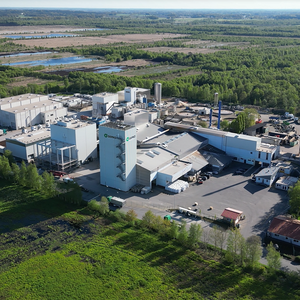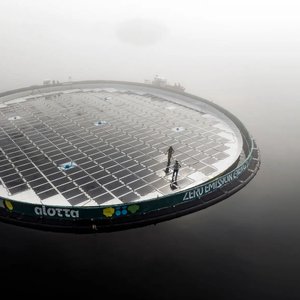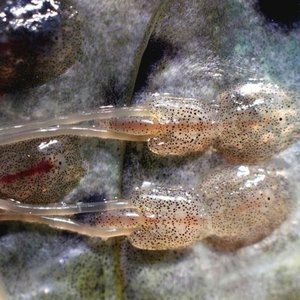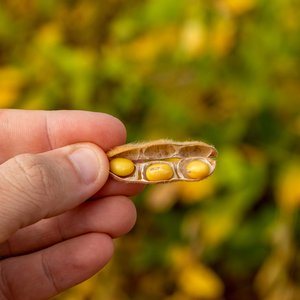Governments need to take measures to protect children from harmful work in small-scale fisheries and aquaculture, said the Food and Agriculture Organization of the United Nations (FAO) and the International Labour Organization (ILO).
According to a guidance document published jointly by the two UN agencies, almost every country has signed international conventions to protect children, but many have not translated these agreements into national legislation. As a result, the document says, many children working in small-scale fisheries and aquaculture remain exposed to harsh and hazardous working conditions. They may have to dive to unsafe depths - often at night; work long hours in unsanitary processing plants where they are at risk of contracting infections; or handle toxic chemicals and dangerous equipment or gear. Girls working in fish processing depots are also at risk of sexual abuse.
\"Work of this kind is intolerable\", Árni M. Mathiesen, FAO Assistant Director-General for Fisheries and Aquaculture, said. \"It affects children\'s health and learning abilities, and often prevents them from attending school.\"
\"All work that harms children\'s physical, mental, psychological, social and educational development, is unacceptable and violates international conventions\" stresses Constance Thomas, Director of the ILO\'s International Programme on the Elimination of Child Labour. \"We need to ensure that agreements designed to protect children from child labour are implemented.\"
The FAO and ILO estimate that around 130 million children work in agriculture, livestock and fisheries - accounting for 60 per cent of child labour worldwide. There are no aggregate data showing how many children work in fisheries and aquaculture, but case study evidence suggests child labour is a problem especially in informal small and medium-sized fishing and aquaculture enterprises and in family operations.
\"Children are more at risk than adults from safety and health hazards because their bodies are not yet fully developed,\" explains Rob Vos, Director of the Gender, Equity and Rural Employment Division of the FAO. \"There are many tasks in fisheries and aquaculture that children should not do. We should focus our efforts to prevent child labour. Programmes to reduce poverty and improve fishing technologies and practices will take away the need for child labour.\"
The report stresses that not all fishery activities children engage in are undesirable. Some can even be positive for their development. They can acquire practical and social skills as they learn how to fish, learn how to process fish and sell them in the market.
The FAO and the ILO are urging compliance with international rules to protect children working in the industry. These include the ILO\'s Minimum Age Convention, and its Worst Forms of Child Labour and Work in Fishing Conventions, the UN Convention on the Rights of the Child and the FAO\'s Code of Conduct for Responsible Fisheries.
They point to the importance of occupational safety and health (OSH) assessments in assessing hazards and specific risks for children. Working with fishing communities is also essential to ensure that children receive adequate care and education, and are not involved in hazardous activities.
A major challenge is addressing the root causes of child labour - poverty and food insecurity. Promoting decent work opportunities for adults, social protection and, free education with school feeding programes can lead to sustainable solutions.










